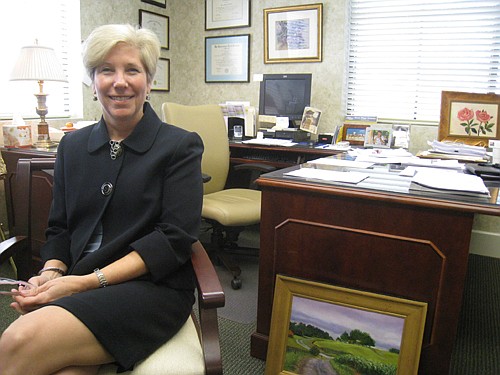
by Max Marbut
Staff Writer
As soon as it opened more than 40 years ago, Friendship Park on the Southbank instantly became a landmark and an attraction for residents and visitors alike. The most popular part of the experience was the fountain, which at the time was touted by the Jacksonville Area Chamber of Commerce as the largest in the world.
The “water feature,” as fountains are known in the parlance these days, boasted a mechanically-choreographed show that lasted about 10 minutes and included a jet of water that rose more than 100 feet in the center of the pool.
Over the years the fountain fell into disrepair and the expanse of concrete that surrounded it became less attractive as a recreation option.
Feb. 9, City Council enacted an ordinance appropriating $3.1 million to restore the fountain to its original grandeur and make significant improvements to Friendship Park. Thursday, the Downtown Development Development Review Board of the Jacksonville Economic Development Commission saw the final plan for the renovation and approved it unanimously.
The design was presented by Project Manager Nick Mousa from from JBC Planning & Engineering, who said the mechanical drawings for the project are 75 percent complete and the landscape design is 90 percent complete. He estimated that all necessary permits will be secured within a month and at that point bids for the work will be requested.
One regulatory hurdle that won’t be an issue, said Mousa, is approval from the St. Johns River Water Management District because so much of the existing impervious surface in the park will be replaced by grass and other landscaping which will reduce the amount of water running off into the river when it rains.
“We are removing a considerable amount of concrete,” he said.
There will also be a lot more shade in the park after the improvements are complete. The existing tree canopy will be preserved and more trees will be planted.
“Our charge is to make the park cooler,” said Mousa.
Former DDRB chair and landscape architect Chris Flagg, who recused himself from voting on the project because he worked on the design, said the plant materials will conform with new regulations requiring low water consumption and that much of the new hardscape will be made of a material that allows water to pass through it that was recently adopted in Miami as that city’s streetscape standard.
“That eliminates the need for tree grates and also allows the tree trunks to expand,” he added.
One of the elements of the project, the lights in the fountain, will receive a high-tech upgrade compared to the original design. The water jets will be illuminated by LEDs, which were evaluated a few weeks ago, said Mousa. A manufacturer of the components sent some samples which were temporarily installed to demonstrate their effect. In fact, all of the lighting in the park will ne provided by LED technology.
“It’s the greenest option in terms of efficiency because LEDs use a fraction of the energy (used by incandescent lights),” said Mousa. “It’s a larger initial investment but the energy cost savings should recoup that investment for the City within five years.”
He also said LEDs would be safer since many of the new light fixtures will be installed at or near ground level so, “If a child were to come in contact with one of the lamp fixtures, it would be cool to the touch.”
A possible addition to the plan approved by DDRB is a pergola which would provide shade in a new children’s play area east of the fountain. Mousa said the feasibility of including the pergola will depend on the project’s final budget and that won’t be known until the bids are awarded.
Flagg said he designed a similar structure for the University of Central Florida and now that the wisteria planted on it has become established, “It’s a focal point on the campus.”
The next meeting of the Downtown Development Review Board is March 25 at 2 p.m. in the JEDC office at 1 W. Adams St.
356-2466